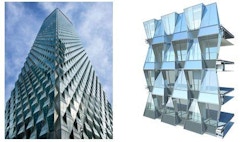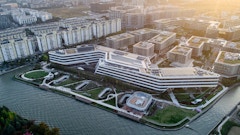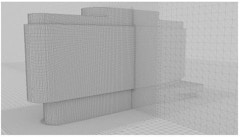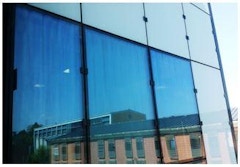
Retrofit Options for Historic Facades
Building design criteria requires that government buildings be designed for a variety of extreme loads including blast, hurricane, and impact

Building design criteria requires that government buildings be designed for a variety of extreme loads including blast, hurricane, and impact
The construction industry is one of the greatest sources of pollution, where 39% of global energy-related carbon emissions are attributed to

Iridescence effects, quench marks, leopard marks… The names given to optical anisotropy in toughened and heat-strengthened glass are diverse and

To paraphrase Robert le Ricolias, the art of the structure is where to put the folds. Using that inspiration, fundamental concepts from origami,
Glass structural elements have become increasingly common to the point of ubiquity; however, there currently is no universally recognized and
Explosions can result in very high loads of extremely short durations. Protective design to mitigate the effects of blast loading requires façade

Providing a unique and integral cladding/envelope solution suited for high-rise buildings has been an inherent challenge for this building typology


Johnson Controls (JCI), a leading provider of intelligent building technology solicited the design of a 35,000sm headquarters for its Asia-Pacific


Wind induced pressure is a major design consideration for building facades. However, the effects of facade geometry and urban terrain on wind loading

Business Insider has described San Francisco’s Chase Arena as setting “a new standard for a sports arena in the US”, and “the state-of-the-art arena


Developments in performative computational analysis, mass customization, and complex form manipulation revolutionized building envelope design

This paper discusses a simulation study of different window systems, where heat transfer simulations were performed to investigate thermal

Allowing sufficient amount of natural light while avoiding excessive sunlight penetration is often hard to achieve with static facade systems due to

Anisotropy is also known as Brewster marks, quench marks, strain pattern, leopard spots, Iridescence, etc. Although anisotropy is inevitable when


The state-of-the-art of Additive Manufacturing (AM), popularly known as 3D printing, shows its prospective future in the